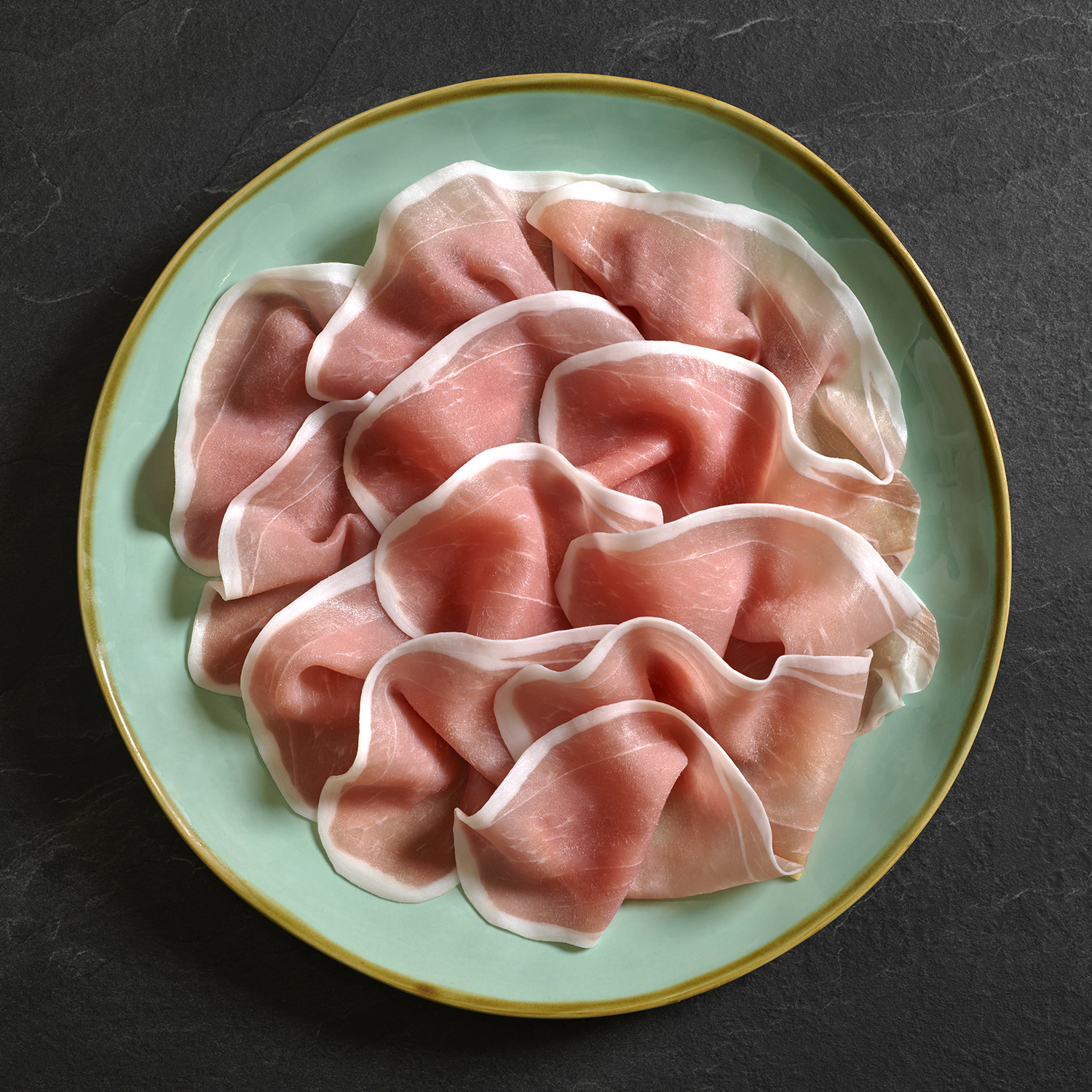
New production specs released for Prosciutto di Parma PDO
By Food in Canada Staff
Products Meat &Poultry Editor pick Europe Italy Prosciutto di Parma
This September, new production specifications come into effect for Prosciutto di Parma by the Consorzio. These were approved earlier this year by the European Commission. The new specifications have been formally published in the Official Journal of the European Union. Unchanged since they were first drafted 30 years ago, the revisions better reflect the enhanced production methods and quality standards of today’s Prosciutto di Parma.
The new specifications cover four different goals for the Consorzio: to further raise standards of quality; reinforce Prosciutto di Parma’s distinct character; strengthen brand promises to consumers; and address environmental concerns. They include changes to farming, breed inclusion, feed standards, salt use, the aging period and an openness to new innovations that will support efficient and sustainable production.
“It is the unique environment in our region that gives Prosciutto di Parma its unparalleled flavour and consistency,” says Alessandro Utini, president of the Consorzio. “As its stewards, it is our responsibility to always protect our region and ensure the stability of our process and consistency of its outcomes. With these changes, we make official the ongoing improvements that ensure our customers around the world will continue to enjoy the taste they love for generations to come.”
Official revisions include:
• Additional regions of origin: The regions of origin of the pigs have increased from 10 to 11, with the addition of Friuli-Venezia Giulia.
• Weight of fresh legs: The minimum weight of the fresh legs has changed to 11.8 kg from 10 kg., to a maximum of 18 kg.
• Feed quality and origin: The list of the foods admitted during breeding has been revised significantly, with a focus on the quality and origin of the foodstuffs; some imported foods have been replaced with products from the production area in compliance with E.U. prescriptions regarding PDO products.
• Reduced salt: The salt content upper limit has been reduced to six per cent from 6.2 per cent, part of a decade long endeavour that has already reduced salt content by 10 per cent, in harmony with WHO recommendations.
• Increased curing period: The minimum curing period has been increased from 12 to 14 months.
• Packaging improvements: The date of minimum durability of the pre-sliced packets has been extended after positive results in studies.
• Genetics: The list of permitted genetic types has been reformulated and an explanatory table has been added regarding the possible combinations of reproductive crosses.
In 2022, approximately eight million Prosciutto di Parma were branded (with 33 per cent exported), with a production turnover of $1.2 billion and a sales turnover of $2.4 billion. Prosciutto di Parma production has 3,000 employees in the Parma province of Italy, whereas the whole branch, including breeding farms, abattoirs and producers, employs approximately 50,000 people.
Print this page